The Most Beautiful Villages in Italy in Emilia-Romagna: treasures of history and tradition
Emilia-Romagna is not only synonymous with cities of art, green hills and unique flavours, but it also preserves a lesser-known heritage, made up of small jewels set in the heart of the region: the villages.
Some of these authentic places are part of the association I Borghi più Belli d’Italia (Italy’s Most Beautiful Villages), an award that recognises the places that best maintain their authenticity, historical value and timeless charm.
Ready to set off on a journey among these little treasures of beauty?
Let’s discover the 17 Most Beautiful Villages of Italy located in Emilia-Romagna, along the Via Emilia, from Piacenza to Rimini:
Nearby Piacenza
- Castell’Arquato, a medieval village nestled among the vineyards of the Arda Valley
- Bobbio, pilgrimage village along the banks of the Trebbia River
- Vigoleno, a fortified village characterised by panoramic crenellated walls
Castell'Arquato Ph. Colombo Nicola via shutterstock
Bobbio (PC), Ponte del Diavolo | Credit: Shchipkova Elena, via Shutterstock
Castello di Vigoleno Ph. Castelli del Ducato
Nearby Parma
- Compiano, with its castle nestled in the hills of the Upper Taro Valley
- Montechiarugolo, a castle high above the Enza river, where you can find spas and good food
Nearby Reggio Emilia
- Gualtieri, the Bentivoglio village by the river Po
Nearby Modena
- Fiumalbo, a stone jewel at the foot of Mount Cimone
Castello di Montechiarugolo (PR), Ph. D-VISIONS via shutterstock solo uso editoriale
Gualtieri, Palazzo Bentivoglio Ph. caba2011
Fiumalbo (MO) Ph. maudanros via shutterstock
Nearby Bologna
- Dozza, the village of murals and Regional Enoteca in the Rocca Sforzesca
Nearby Ravenna
- Brisighella, the village of the three hills, near the Park of the Chalk Veins of Romagna
- Bagnara di Romagna, a completely preserved medieval castrum that includes the Rocca Sforzesca
Nearby Forlì-Cesena
- Bagno di Romagna, spas and nature in Tuscan Romagna, in the Casentino Forest National Park
- Bertinoro, a village of wine and hospitality in the foothills of the Via Emilia
Dozza (BO) Ph. Vivida Photo PC via shutterstock (solo per uso editoriale)
Ravenna, Brisighella Ph. StevanZZ via shutterstock
Bertinoro, Piazza della Libertà
Nearby Rimini
- Verucchio, a historical village a few kilometres from Rimini, known as the “cradle of the Malatesta family”
- San Leo, a medieval village dominated by the fortress perched on a rocky spur
- San Giovanni in Marignano, a Malatesta village known as ‘the granary of the Malatesta family’
- Montefiore Conca, the medieval capital of the Conca Valley, with its imposing Malatesta fortress
- Montegridolfo, a fortified village accessible through a majestic medieval gateway
Verucchio (RN) Ph. FooTToo via shutterstock
San Leo, Fortress Ph. Carlo Grifone
Montefiore Conca, Rocca Malatestiana | Ph. Lara Braga
The Club dei Borghi più Belli d’Italia (Club of the Most Beautiful Italian Villages), established in March 2001 at the behest of the ANCI (National Association of Italian Municipalities), aims to promote the great heritage of history, art, culture, environment and traditions present in small Italian towns, which often remain off the beaten tourist track.
A marginality that over the years has risked causing depopulation and abandonment in these villages, but that today has instead made them the true custodians of our country’s most authentic memory and identity, an intangible heritage that the Club aims to preserve through its protection, recovery and valorisation activities.
To become a member of the Club, each municipality must meet certain criteria set out as essential requirements in the Quality Charter and in the Guidelines, such as:
- have no more than 2,000 inhabitants in the village and no more than 15,000 inhabitants in the reference municipality
- have a certified architectural and/or natural heritage;
- be appreciated for urban quality (in terms of accessibility and preservation) and architectural quality (in terms of harmony and homogeneity);
- demonstrate, through concrete actions, a desire to enhance, develop, promote and animate its heritage.
If a village proves that it has these characteristics, it can become part of this exceptional circuit, which is a real quality certificate for visitors…Try it to believe it!
Author
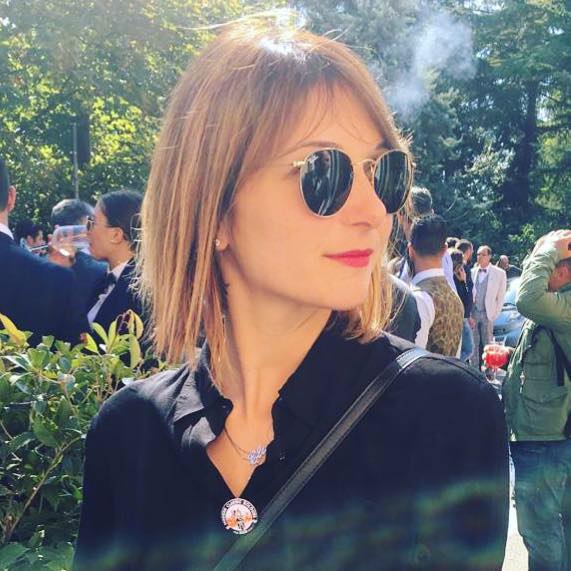
Elisa Mazzini
Social Media Manager for @inEmiliaRomagna and full-time mom.
You may also like
The “Orange Flag” Villages in Emilia-Romagna
by Elisa Mazzini /// December 10, 2024
Slow Tourism in Emilia Romagna
by Elisa Mazzini /// January 21, 2019

Interested in our newsletter?
Every first of the month, an email (in Italian) with selected contents and upcoming events.
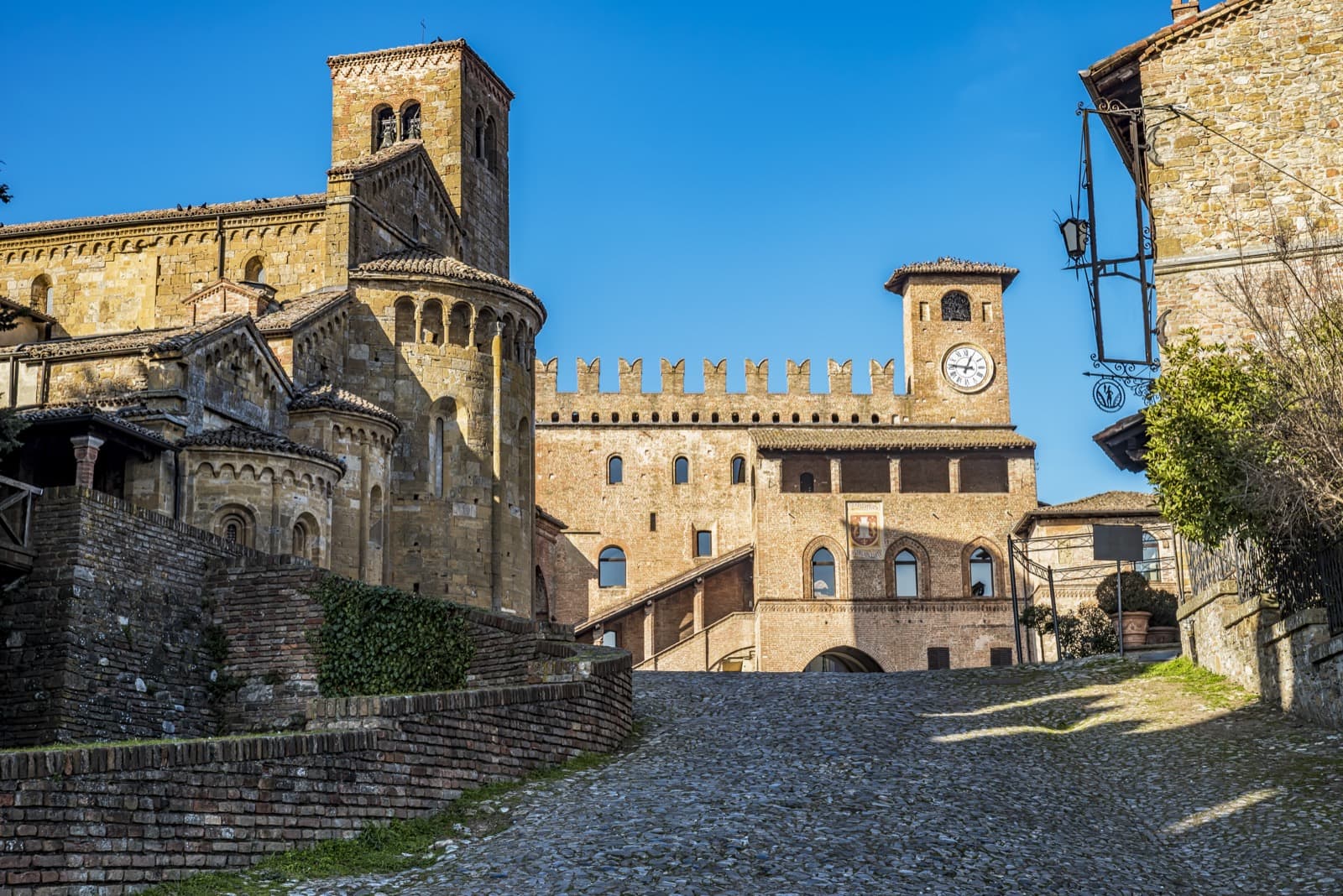

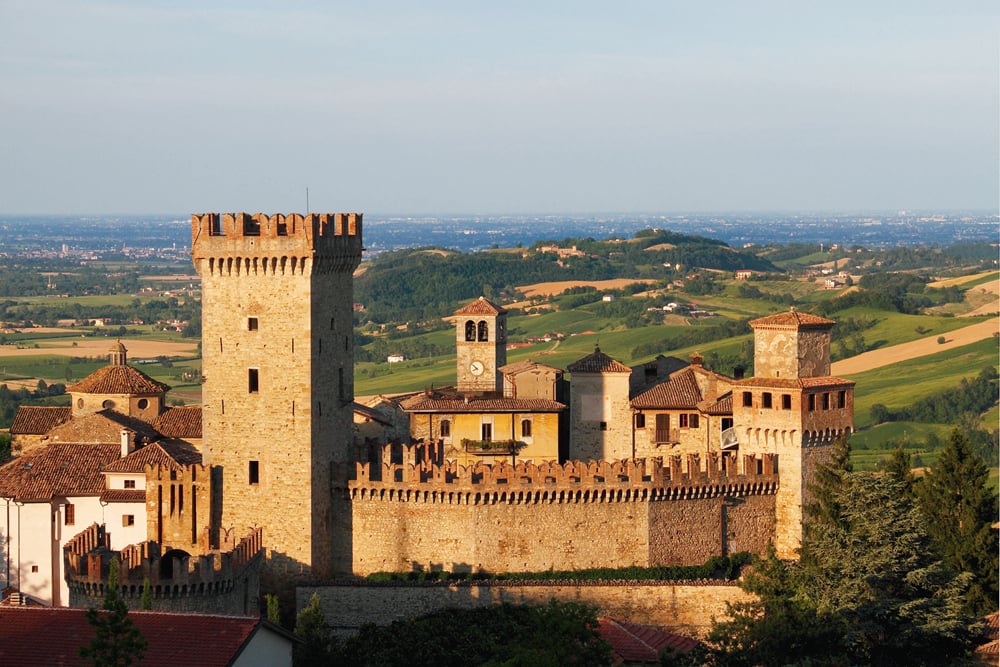



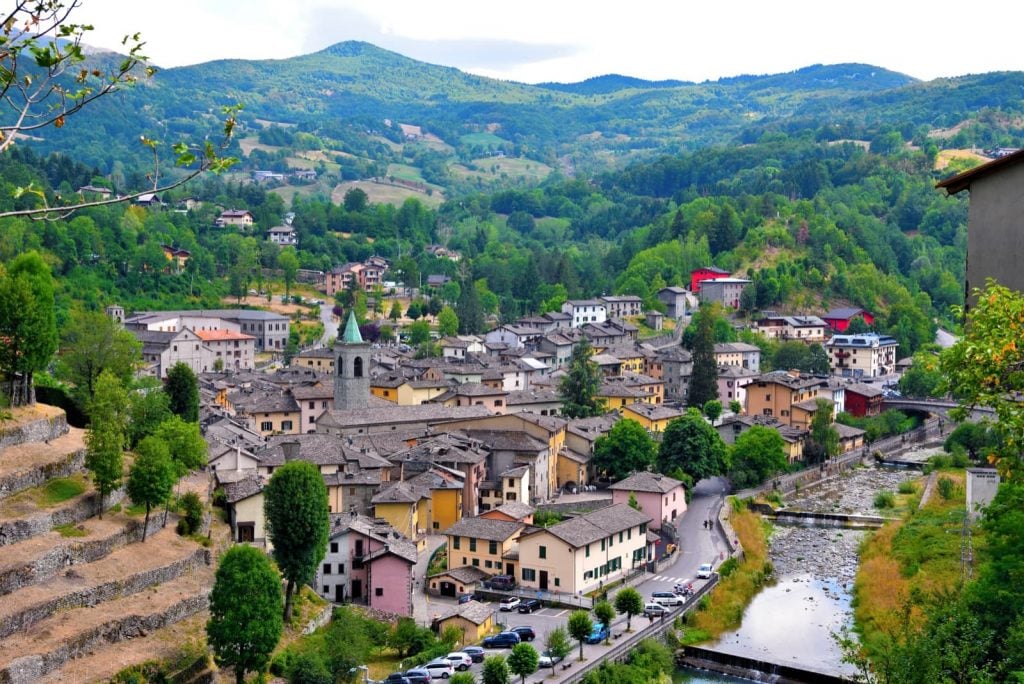



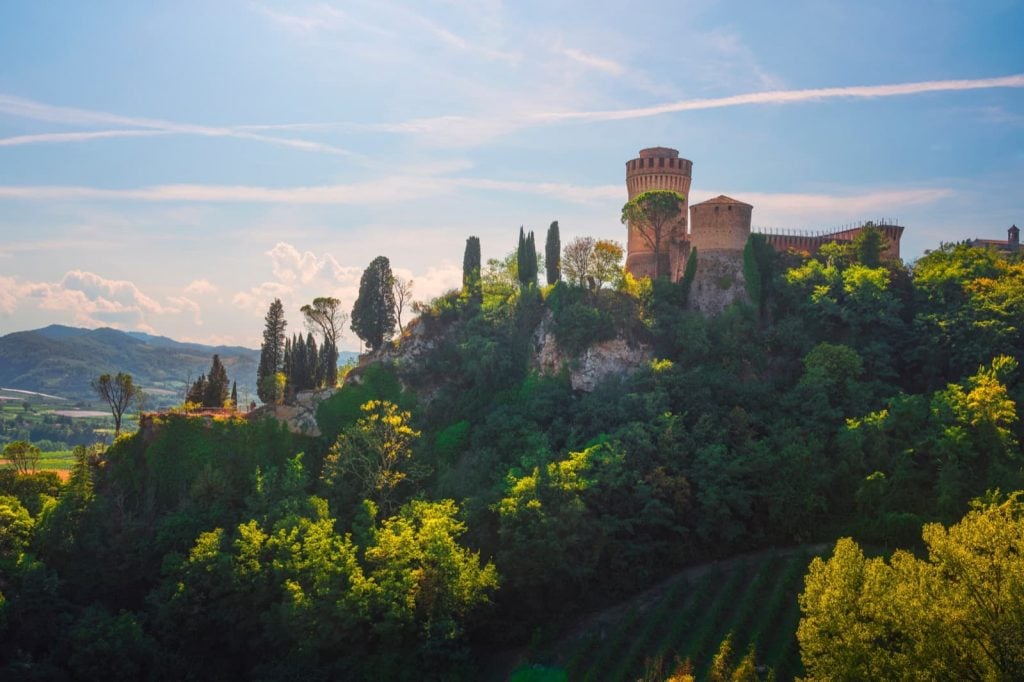

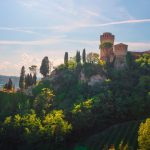

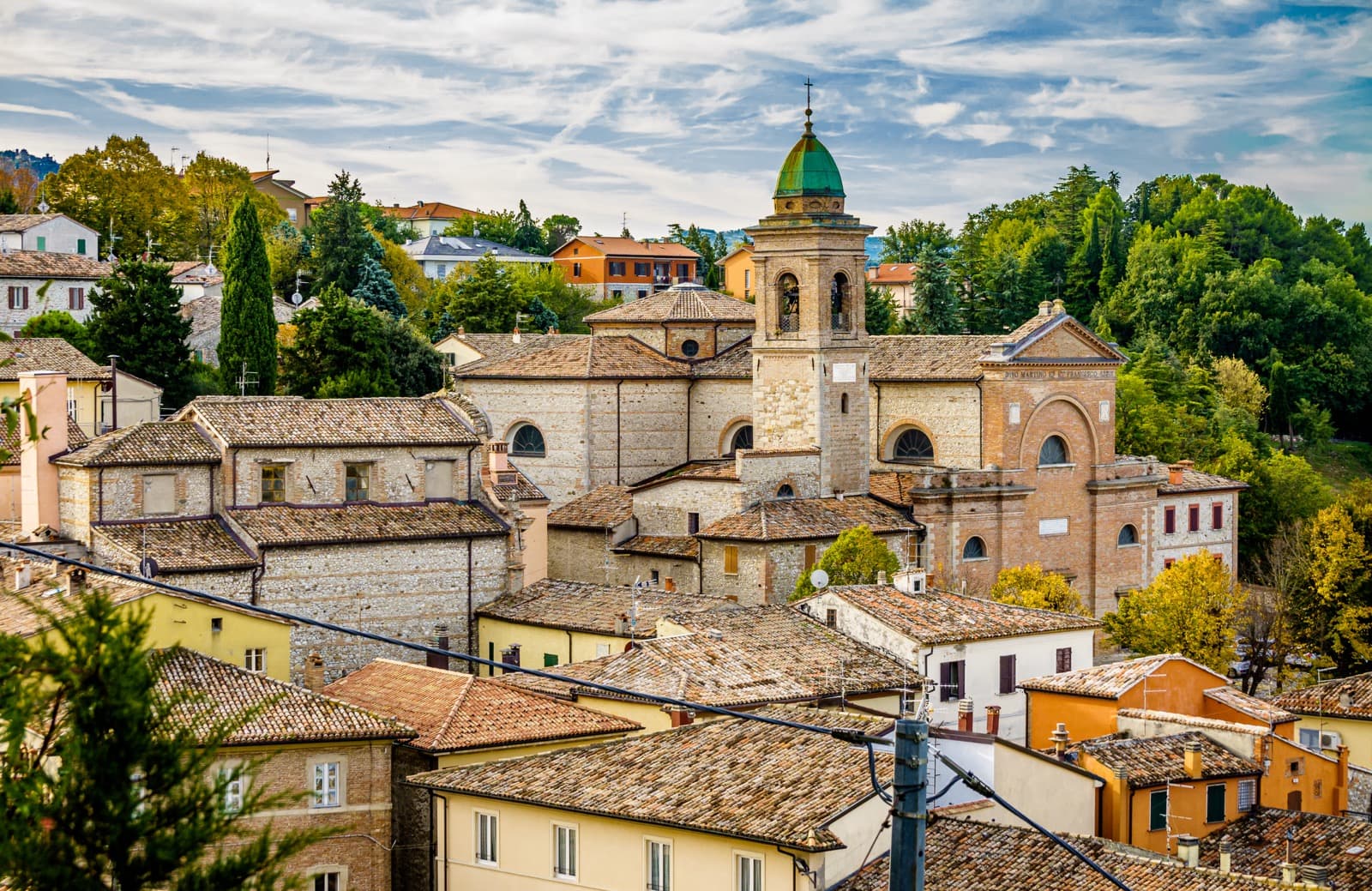
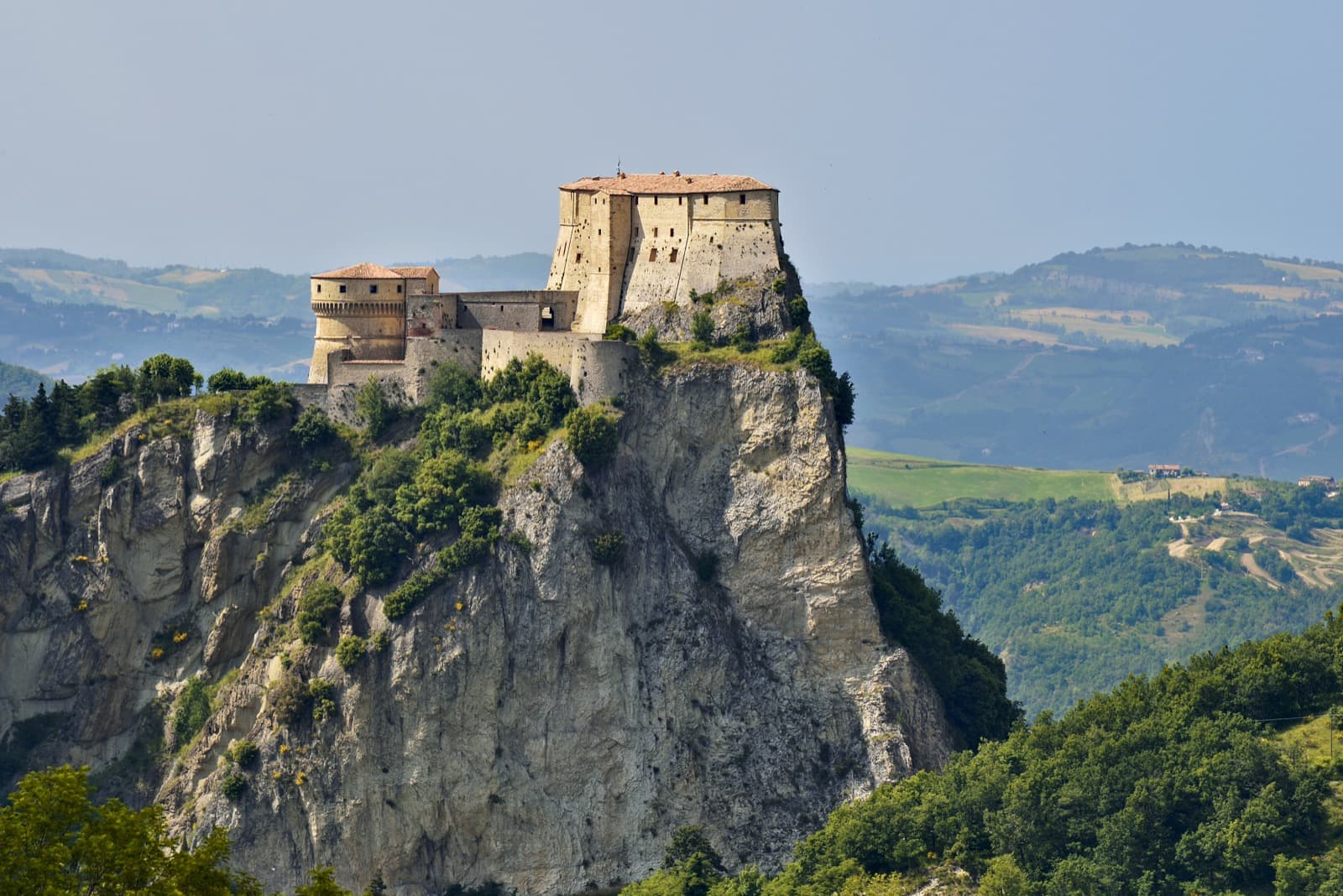

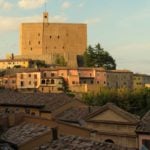
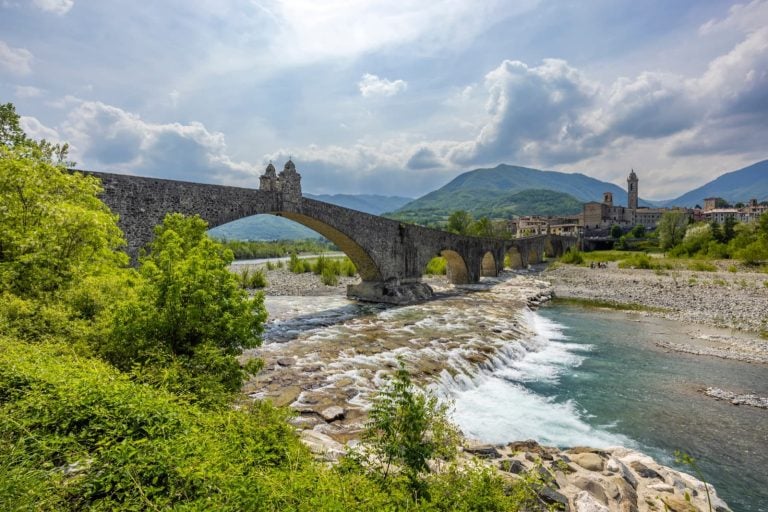


Lindsay Rose
Hi Elisa,
Thanks for the great post! I was wondering if you had any recommendations for the village which is best to visit if you don’t have access to a car but on the hunt for amazing restaurants, local produce and access to foodie tours?
Thanks
Lindsay
Elisa Mazzini
Hi Lindsay,
take a look at this blogpost about 5 villages reachable by train in Emilia Romagna https://www.travelemiliaromagna.it/en/villages-reachable-by-train 😉
Kind regards,
Elisa